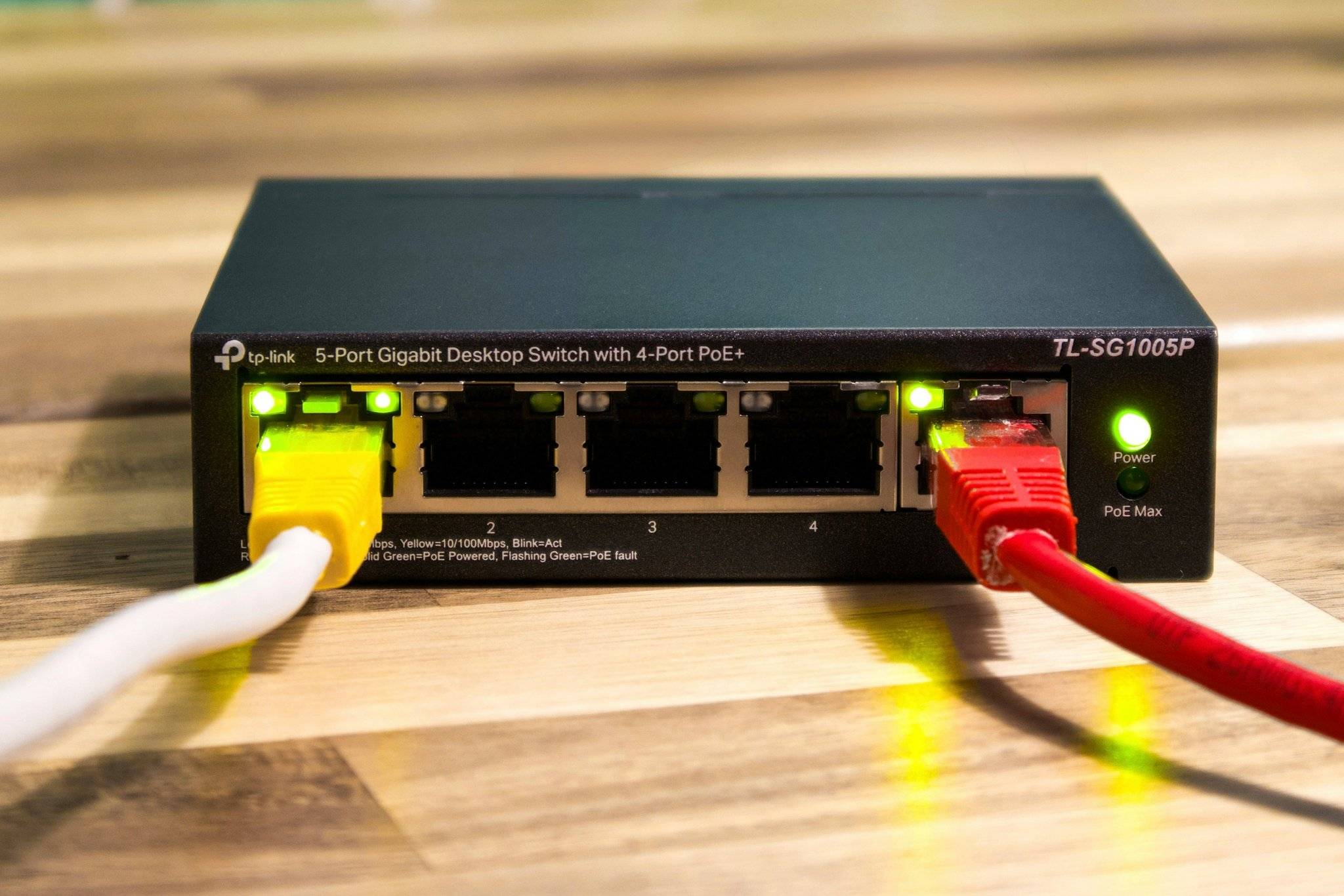Ever wondered why even Fortune 500 companies with massive IT budgets still fall victim to cyberattacks? Spoiler alert: it’s often because they overlook a single, critical process—cloud vulnerability scanning. In today’s hyper-connected world, where data breaches cost an average of $4.45 million per incident, ignoring this step is like leaving your front door wide open while you’re away on vacation.
In this guide, you’ll discover what cloud vulnerability scanning is, how it can protect your systems, and actionable steps to implement it effectively. Plus, I’ll share some brutally honest lessons—including one terrible tip that could actually make things worse. Let’s get into it!
Table of Contents
- Key Takeaways
- Why Cloud Vulnerability Scanning Matters (The Problem)
- Step-by-Step Guide to Cloud Vulnerability Scanning
- 7 Proven Tips for Effective Cloud Vulnerability Scanning
- Real-World Examples of Cloud Vulnerability Scanning in Action
- Frequently Asked Questions About Cloud Vulnerability Scanning
Key Takeaways
- Cloud vulnerability scanning identifies weaknesses in your cloud infrastructure before attackers exploit them.
- A proactive approach saves both money and reputation in the long run.
- Automated tools and manual audits should complement each other for maximum effectiveness.
- Skipping cloud vulnerability scanning can lead to catastrophic consequences, including regulatory fines and data loss.
Why Cloud Vulnerability Scanning Matters (The Problem)

Figure 1: Common Causes of Cloud Security Breaches in 2023
Let me start by confessing something embarrassing. Early in my career, I thought setting up strong passwords was enough to secure our company’s cloud storage. Turns out, hackers exploited a misconfigured S3 bucket within hours, exposing sensitive client data. Yeah, not my proudest moment.
The truth is, vulnerabilities lurk everywhere—from outdated software versions to poorly configured firewalls. According to IBM, 87% of organizations have experienced at least one breach tied directly to their move to the cloud. And guess what? Cloud vulnerability scanning could’ve caught most of those issues.
So, if you haven’t yet prioritized scanning your cloud environments, here’s why you need to:
- Hackers are relentless: They’re always looking for new ways to exploit gaps in your defenses.
- Compliance mandates require it: GDPR, HIPAA, and others demand regular security assessments.
- Your users trust you: Failing to protect their data damages relationships beyond repair.
Step-by-Step Guide to Cloud Vulnerability Scanning
What Exactly Is Cloud Vulnerability Scanning?
Simply put, cloud vulnerability scanning involves using specialized tools to scan your cloud environment for potential weaknesses. These include misconfigurations, unpatched systems, and overly permissive access controls.
Step 1: Choose Your Tools
Select a reliable cloud vulnerability scanner. Some popular options include:
- AWS Inspector (for AWS environments).
- Azure Security Center (for Microsoft Azure).
- Qualys and Nessus (cross-platform solutions).
Step 2: Define Scope & Objectives
Be specific about which parts of your cloud infrastructure you want to scan. This avoids unnecessary noise and focuses resources where they matter most.
Step 3: Run Automated Tests
Schedule automated tests regularly—but don’t stop there. Automation helps identify surface-level issues but may miss deeper threats.
Step 4: Conduct Manual Audits
Pair automated scans with human expertise. An experienced security analyst might spot subtle anomalies that machines overlook.
Step 5: Remediate Found Issues
Prioritize fixes based on severity. Address critical vulnerabilities immediately, then work down the list.
Step 6: Monitor Continuously
Vulnerabilities evolve as quickly as technology itself. Implement continuous monitoring to stay ahead of emerging risks.
7 Proven Tips for Effective Cloud Vulnerability Scanning
Optimist You: “Follow these tips!”
Grumpy You: “Ugh, fine—but only if coffee’s involved.”
- Scan Often: Monthly or quarterly scans aren’t enough. Aim for weekly or bi-weekly checks.
- Use Multi-Layered Tools: Combine multiple scanners for broader coverage.
- Document Everything: Keep logs of all scans and remediation efforts for future audits.
- Train Your Team: Ensure everyone knows how to interpret scan results correctly.
- Don’t Rely Solely on Automation: Human oversight remains crucial.
- Stay Updated: Keep your scanning tools updated to detect the latest threats.
- Terrible Tip Alert: Never ignore scan results—even minor ones. One tiny loophole is all it takes for disaster.
Real-World Examples of Cloud Vulnerability Scanning in Action
Case Study: How Company X Prevented a $1 Million Ransomware Attack
Company X used Nessus to perform routine scans of its hybrid cloud setup. During one such scan, the tool flagged an unpatched server running legacy software. Within 48 hours of patching the issue, reports emerged of similar servers being targeted globally. Thanks to early detection, Company X avoided a costly ransomware attack.

Figure 2: Example Output from a Successful Vulnerability Scan
Pet Peeve Alert
Here’s my rant: Why do so many businesses wait until after a breach to act? It sounds like your laptop fan during a 4K render—whirrrr. Stop treating cybersecurity as an afterthought! Prevention > Reaction, every time.
Frequently Asked Questions About Cloud Vulnerability Scanning
What Happens if I Skip Cloud Vulnerability Scanning?
You leave your organization exposed to attacks, compliance violations, and reputational damage. Remember my S3 bucket fiasco? Yeah, exactly.
How Much Does Cloud Vulnerability Scanning Cost?
Costs vary depending on tools and service providers. Free options exist, but premium tools offer better accuracy and support.
Can My Small Business Afford It?
Yes! Many affordable scanners cater specifically to SMBs. Consider it an investment rather than an expense.
Is Cloud Vulnerability Scanning Enough?
Nope. Think of it as part of a larger cybersecurity strategy, not a standalone solution.
Conclusion
Cloud vulnerability scanning isn’t just another checkbox item—it’s a lifeline protecting your business from unseen dangers. By following the steps outlined above and staying vigilant, you can dramatically reduce your risk profile.
To recap:
- Understand the importance of cloud vulnerability scanning.
- Implement a structured, step-by-step process.
- Follow best practices to maximize impact.
And remember, treat your cloud security like a Tamagotchi from the 2000s—give it constant care, or suffer the consequences. Stay safe out there, folks!


